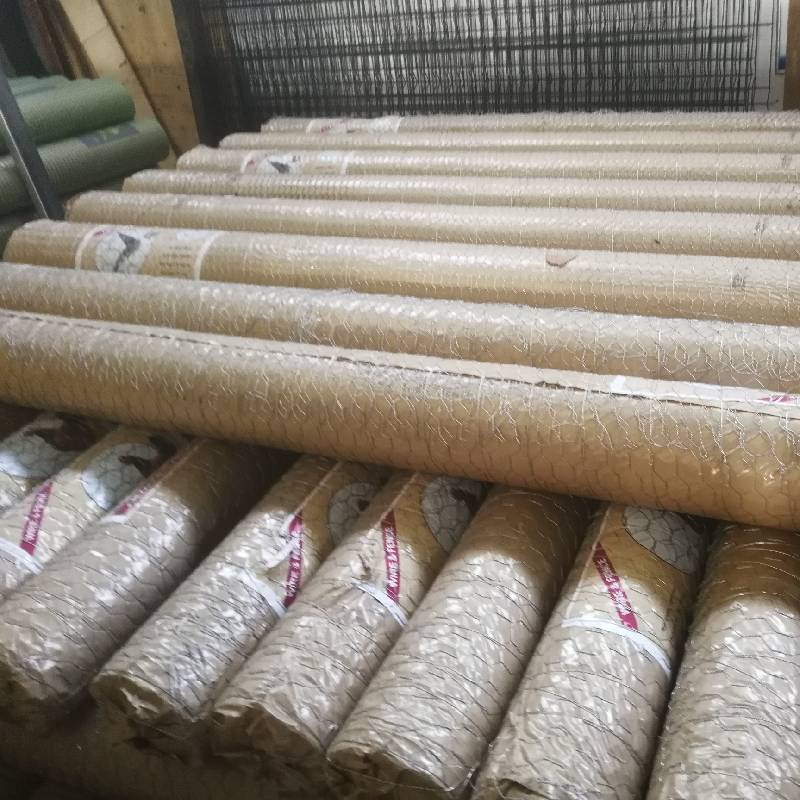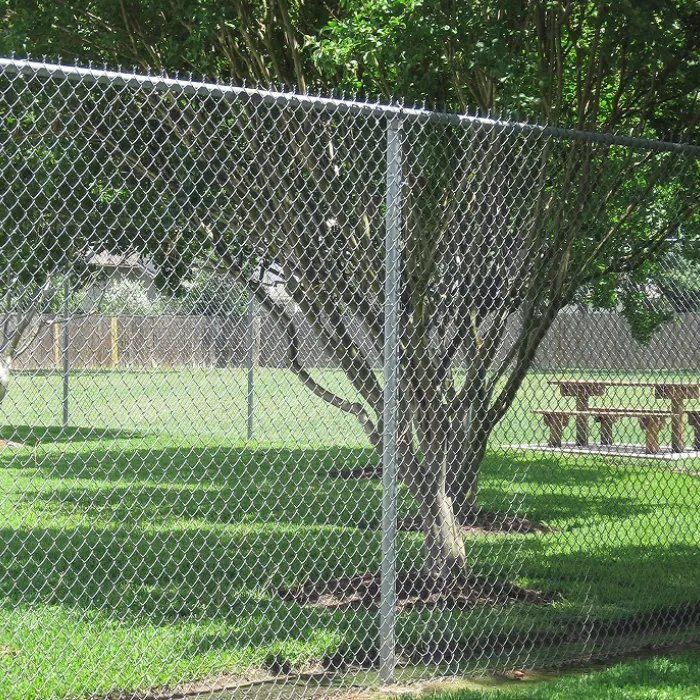The evolving dynamics of architecture and construction have placed an increased emphasis on materials that offer not only durability and functionality but also an aesthetic appeal. Aluminium expanded mesh has emerged as a popular choice in this regard, providing a unique balance between utility and visual charm. Understanding the intricacies of aluminium expanded mesh pricing involves a deep dive into several factors, each contributing to the ultimate cost of these versatile materials.

A crucial element driving the price of aluminium expanded mesh is the specifications of the material itself. The thickness of the aluminium sheet, known as the gauge, directly impacts its cost. A thicker sheet implies a greater amount of raw material, which naturally increases the price. Similarly, the pattern and dimensions of the mesh—ranging from micro to heavy-duty—determine how much material is wasted in the expansion process, thus influencing the final pricing. Specialty patterns that require more intricate manufacturing processes can significantly elevate costs.
The cost of raw aluminium is another pivotal factor in determining the price of expanded mesh. The price of aluminium on the commodities market fluctuates based on a myriad of influences, including geopolitical events, market demand, and trade policies. For instance, tariffs imposed on metals can drive up costs unexpectedly. These fluctuations are often reflected in the prices quoted for aluminium expanded mesh, which can vary from supplier to supplier and from month to month.

Manufacturing processes and technology used during production also play a critical role. Production methods have advanced with technology, allowing manufacturers to produce more consistent and higher-quality meshes. However, advanced technology usually requires significant initial investment, which is then factored into the selling price. Producers using state-of-the-art machinery may incur higher costs, which are then passed onto the buyer as part of the mesh’s selling price.
Beyond production, secondary processes such as anodizing or powder-coating that provide additional corrosion resistance or color finish will further influence the cost. These processes enhance the aluminium expanded mesh, making it more suitable for specific applications and environments but also add to the overall expense.
aluminium expanded mesh price
Shipping and logistics also contribute to the final price. Aluminium expanded mesh, by virtue of its structure, may take up more space relative to its weight, leading to higher shipping costs. In addition, the point of origin can heavily influence logistical expenses. Locally sourced products might cost less due to reduced transportation fees compared to imported meshes.
Selecting the right supplier also affects the price point and overall value. Established suppliers with an extensive track record in the industry can often offer competitive pricing due to their buying power and efficiencies in production. Their reputation, built over years of reliable service, enhances the trustworthiness of their products. Furthermore, dealing with reputable suppliers ensures quality assurance and compliance with international standards, thereby justifying the potentially higher prices compared to lesser-known providers.
From a sustainability perspective, choosing aluminium expanded mesh products can be cost-effective in the long term. Aluminium's recyclability means the mesh can be reclaimed and reused, ensuring that companies adhering to environmentally friendly practices can benefit from reduced waste, potentially offsetting upfront material costs through savings on long-term environmental liabilities.
In summary, the pricing of aluminium expanded mesh is a multifaceted subject influenced by material specifications, market conditions, production technology, secondary processing, logistical considerations, and supplier reliability. For businesses and consumers looking to invest in these materials, a comprehensive understanding of these factors will not only aid in making informed purchasing decisions but will also contribute to more efficient and aesthetically pleasing architectural and construction projects.
























